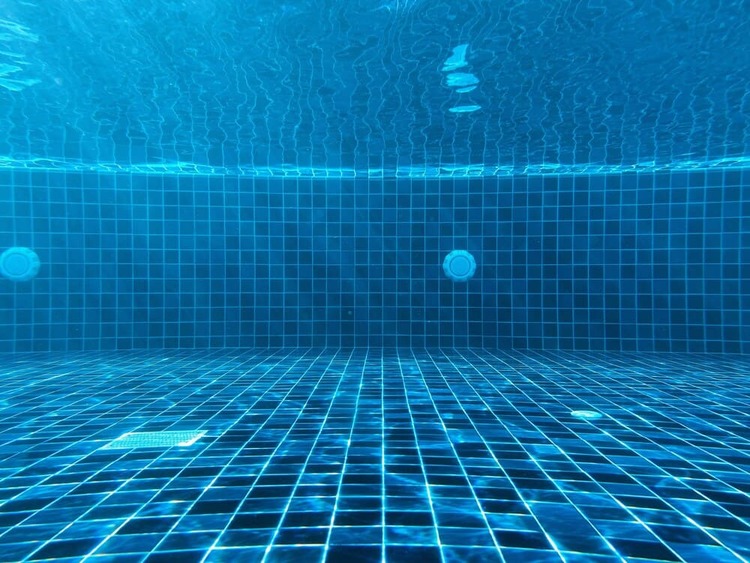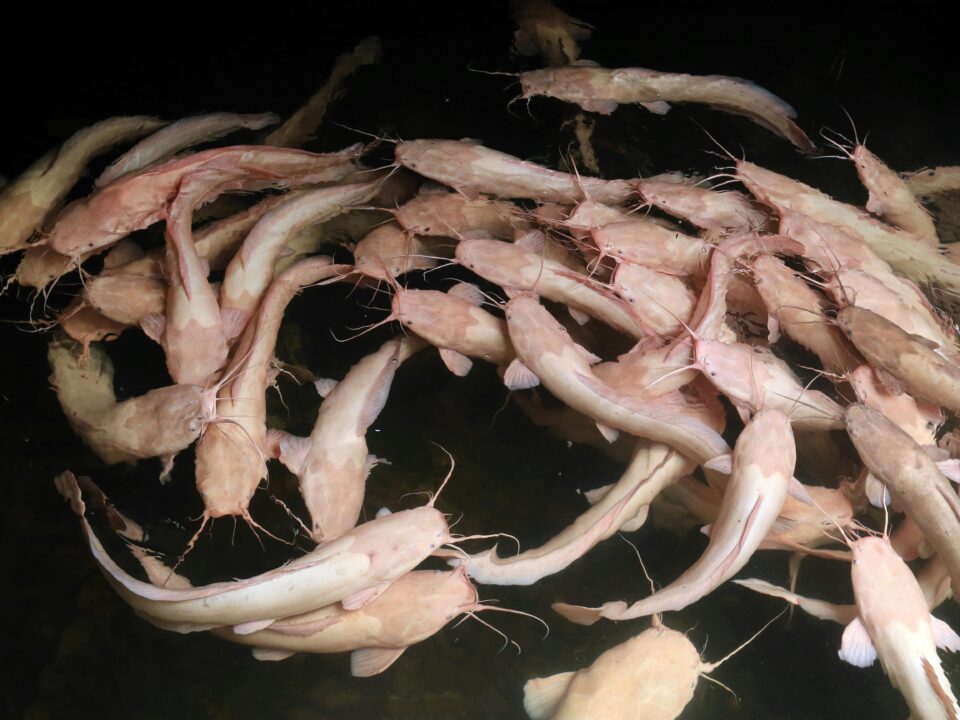
Free PPM mg/L Conversion Calculator Online
August 25, 2025
How to Choose ORP Sensor
September 4, 2025blog page
What is a TDS Meter and How Does It Work?
A TDS Meter is a vital device used to assess water quality by measuring the total dissolved solids in a liquid. For anyone concerned about the safety and purity of water—whether for drinking, aquaculture, gardening, or industrial processes—understanding how a TDS meter works and its applications is essential. In this article, we’ll take a comprehensive look at what a TDS meter is, how it functions, the different types of TDS sensors available, their typical price ranges, and common use cases. By the end, you’ll be equipped with the knowledge to choose the right TDS testing machine for your specific needs.
What is a TDS Meter?
A TDS Measurement Meter is a device that measures the total dissolved solids (TDS) in water. TDS refers to the combined content of all inorganic and organic substances contained in a liquid. These can include minerals, salts, metals, and other particles. The meter provides a reading in parts per million (ppm) or milligrams per liter (mg/L), indicating the concentration of these dissolved substances.
Why is this important? High TDS levels can affect the taste, odor, and safety of water. For instance, water with very high TDS might taste salty or metallic. It could also indicate the presence of harmful contaminants. Using a TDS meter helps you determine if your water is suitable for consumption, gardening, aquariums, or other applications.
Measurement Methods and Principles
TDS measurement methods are primarily categorized into direct methods (e.g., gravimetric) and indirect methods (e.g., conductivity, capacitance, optical). Below are detailed descriptions of each method’s principle and applicable scenarios:
TDS Measurement Comparison Analysis
Comprehensive comparison of TDS measurement methods and sensor technologies for various applications
| Method | Principle | Accuracy | Cost | Best For | Limitations |
|---|---|---|---|---|---|
| Conductivity Meter | Measures electrical conductivity of water and converts to TDS | High (±2%) | $ | General purpose, home use, field testing | Requires temperature compensation, affected by non-ionic compounds |
| Gravimetric Analysis | Measures weight of residue after evaporation | Very High (±0.5%) | $$$ | Laboratory reference, calibration | Time-consuming, requires specialized equipment |
| Refractometer | Measures refractive index of solution | Medium (±5%) | $$ | Aquaculture, hydroponics | Requires calibration, affected by sugar content |
| Chemical Test Strips | Color-changing reaction with dissolved ions | Low (±10-15%) | $ | Quick checks, educational purposes | Subjective reading, limited accuracy |
| Digital TDS Pens | Electronic conductivity measurement with digital display | High (±1-2%) | $$ | Portable testing, home aquariums, drinking water | Requires calibration, battery dependent |
| Sensor Type | Price Range | Accuracy | Key Features | Application Scenarios | Product Image |
|---|---|---|---|---|---|
| Pen-style TDS Meters | $10 – $50 | ±2% | Portable, battery operated, automatic temperature compensation | Drinking water testing Home aquariums Swimming pools |
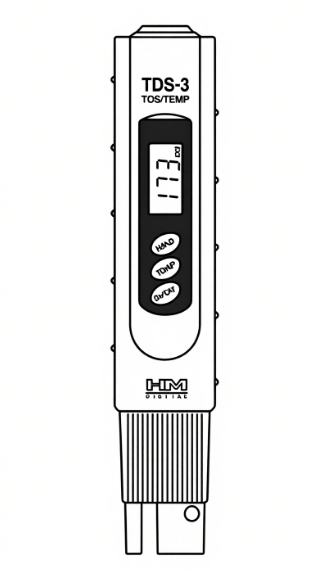
|
| Handheld Digital Meters | $50 – $150 | ±1% | LCD display, data hold, calibration options, temperature reading | Hydroponics Aquaculture Water treatment |
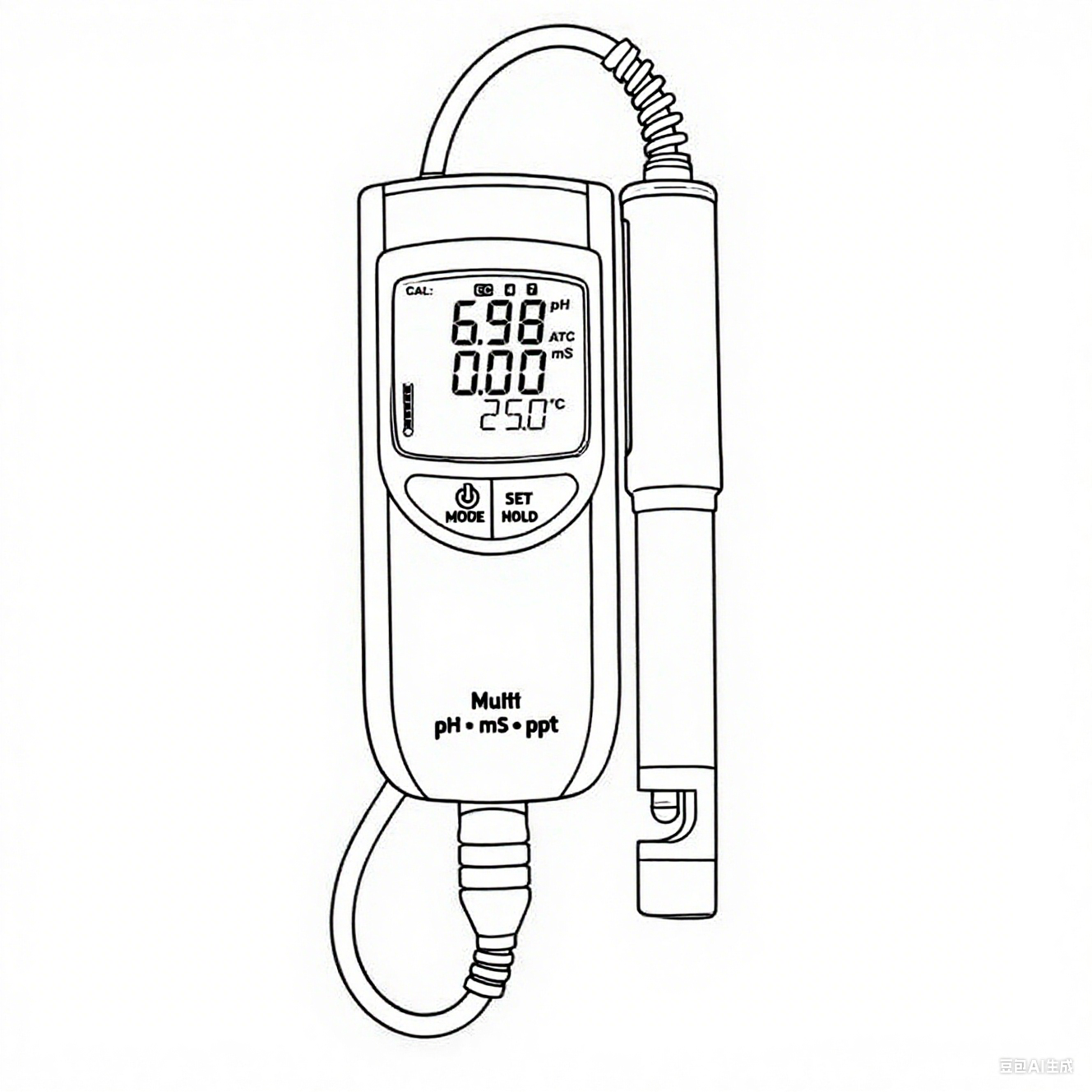
|
| Inline Monitoring Sensors | $100 – $500 | ±1% | Continuous monitoring, 4-20mA/output, corrosion-resistant materials | RO systems Industrial processes Aquaponics systems |
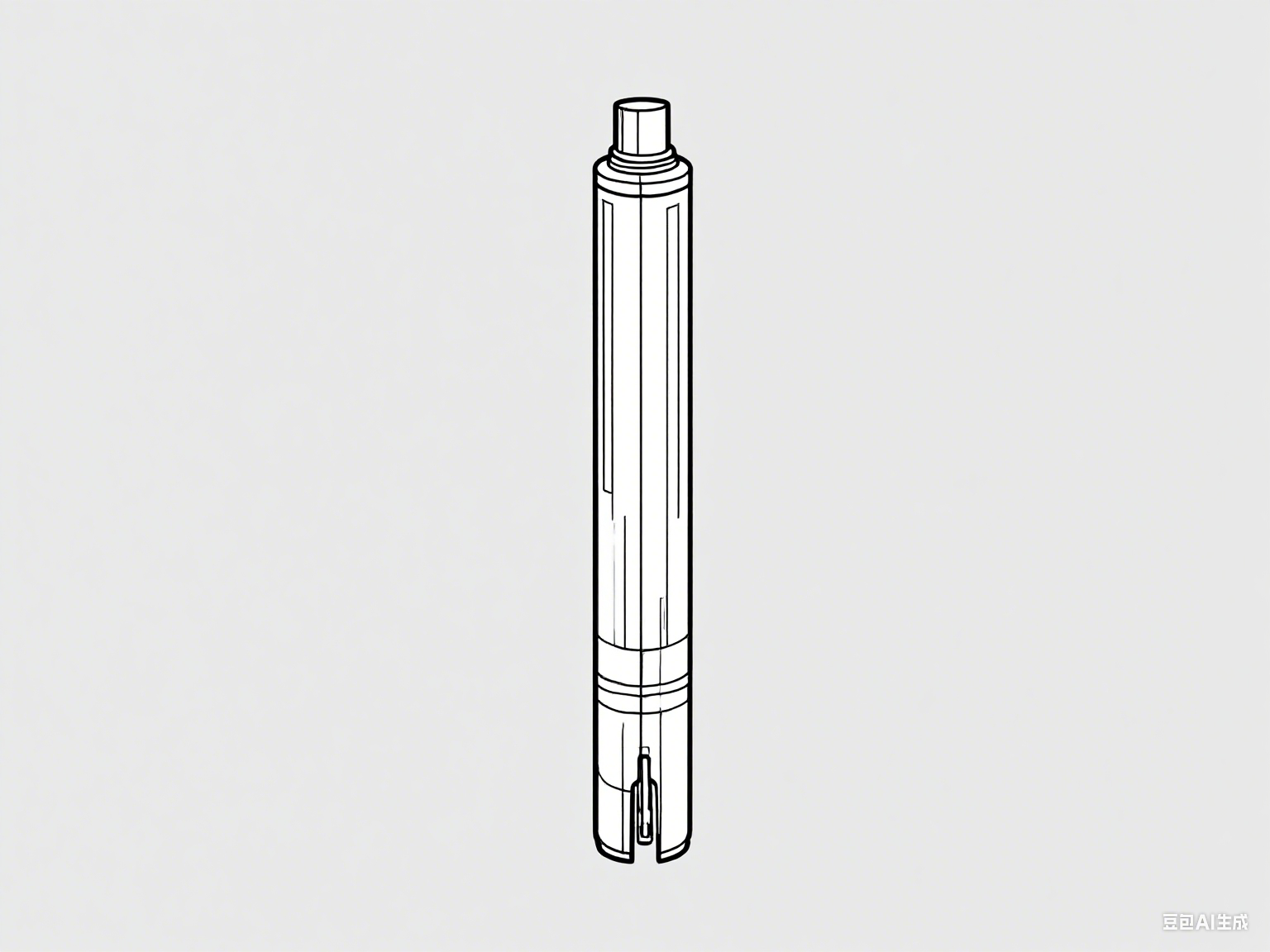
|
| Laboratory-grade Meters | $200 – $1000+ | ±0.5% | High precision, data logging, multi-parameter, GLP compliance | Research laboratories Quality control Environmental monitoring |
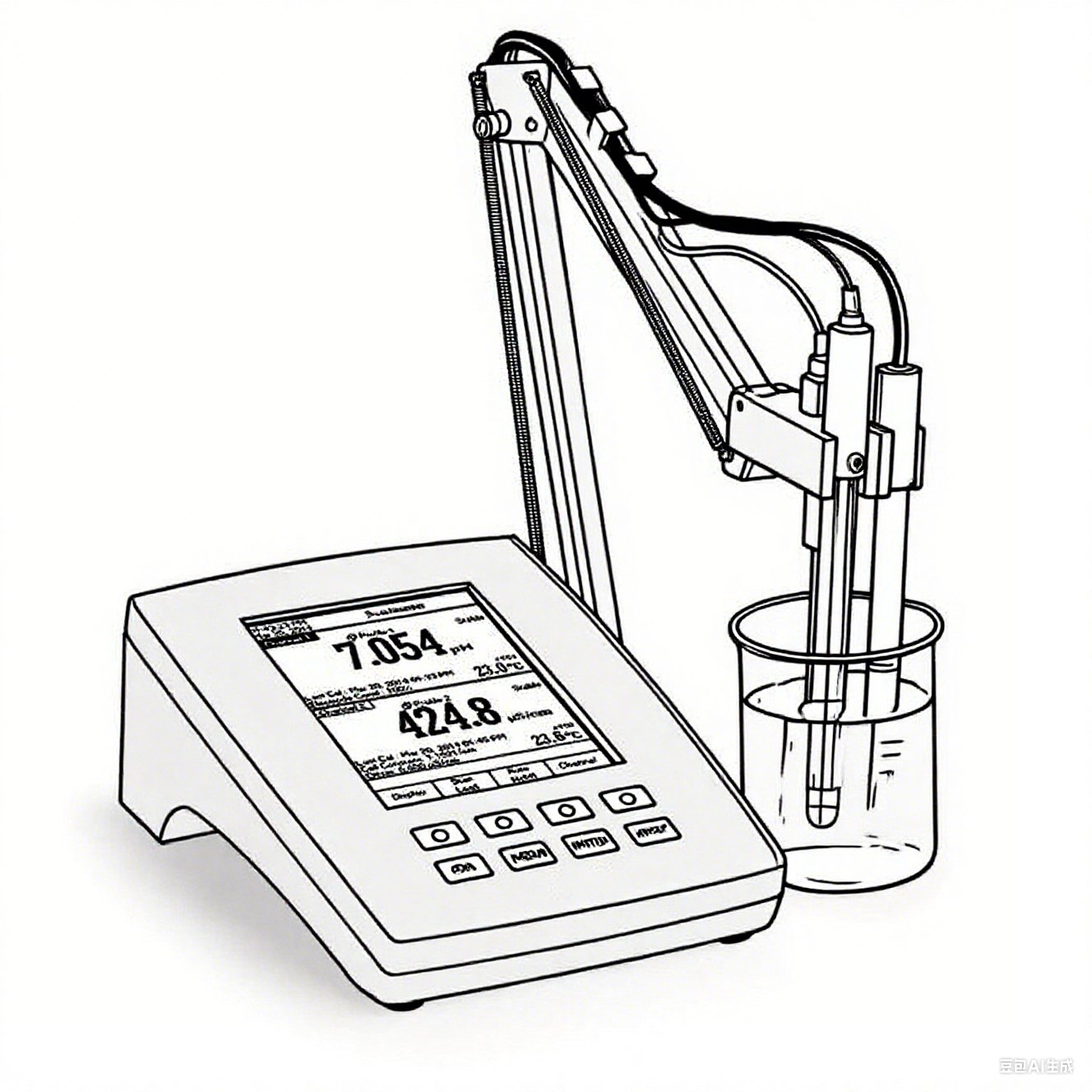
|
| IoT Smart Sensors | $80 – $300 | ±1.5% | Wi-Fi/Bluetooth connectivity, mobile app, cloud data storage | Smart home systems Remote monitoring Aquaculture automation |

|


